In 133 BC, Tiberius Gracchus addressed the Roman people with a radical land reform plan—an act of political defiance that ignited a crisis in the Republic and laid the groundwork for future upheavals.
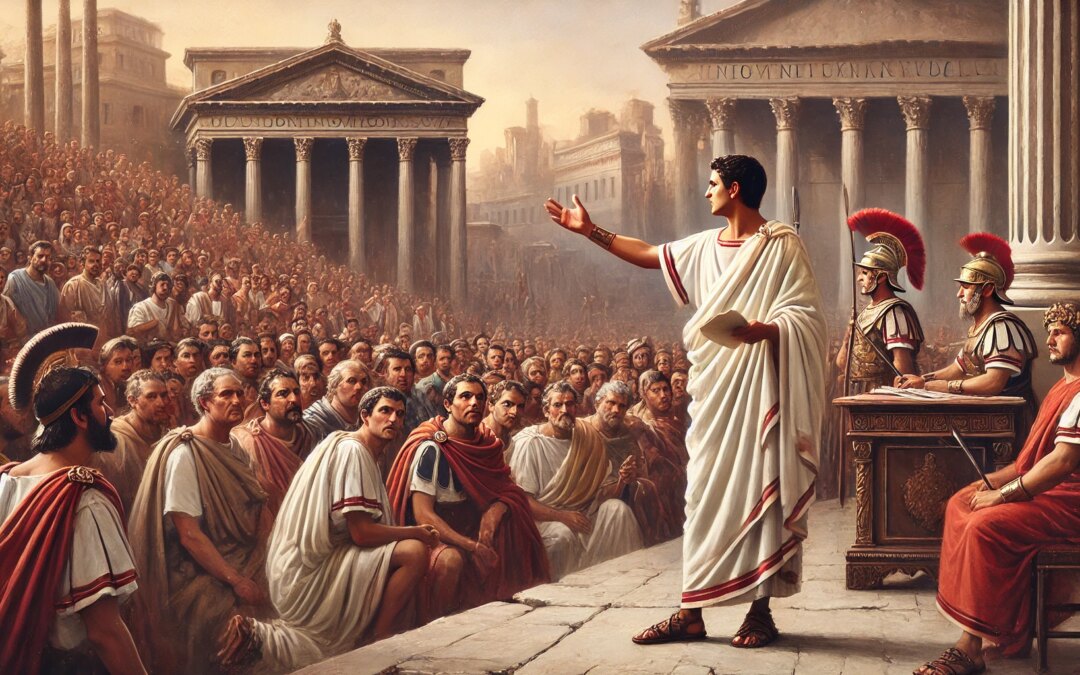

In 133 BC, Tiberius Gracchus addressed the Roman people with a radical land reform plan—an act of political defiance that ignited a crisis in the Republic and laid the groundwork for future upheavals.
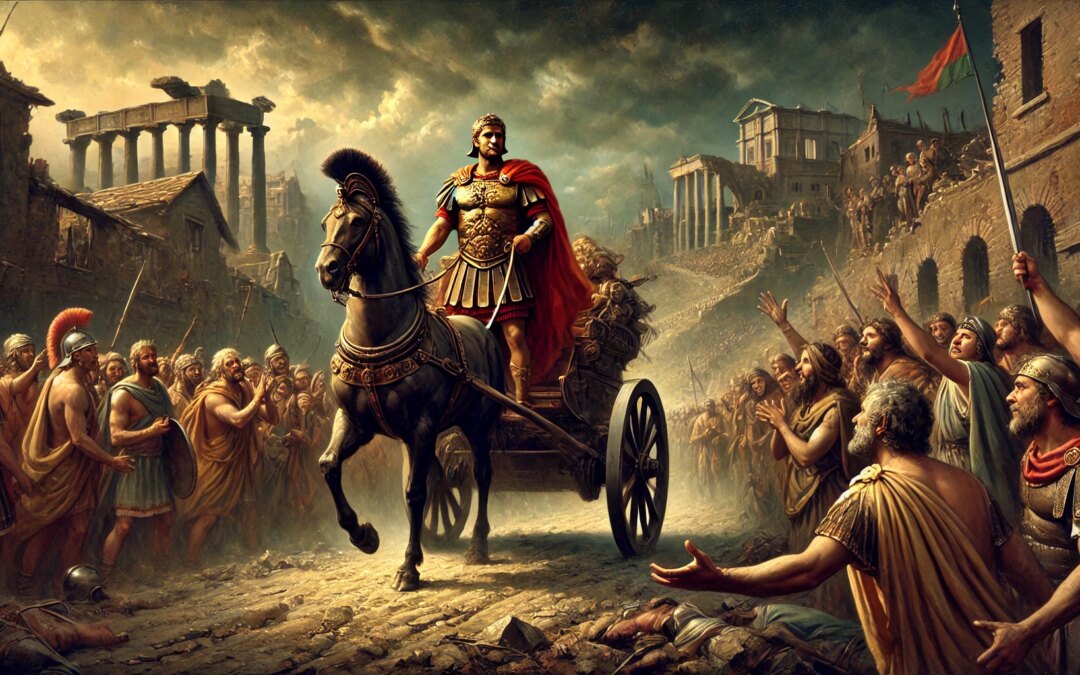
In 390 BC, Marcus Furius Camillus returned from exile to drive out the Gauls and save Rome—restoring hope to a shattered city and redefining Roman heroism for centuries.
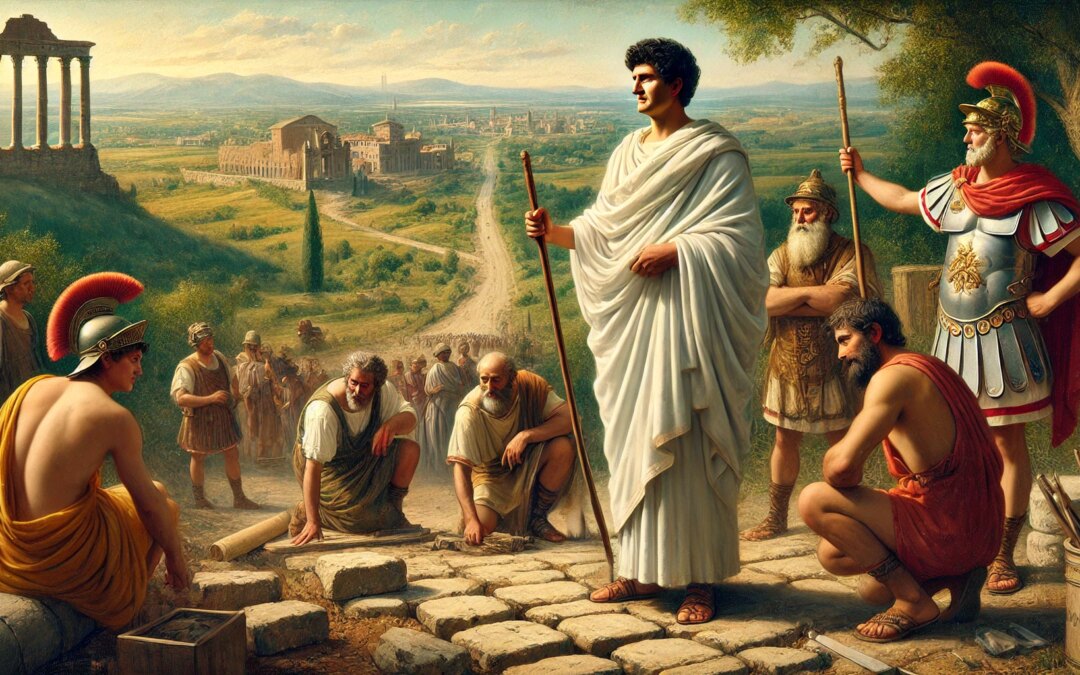
In 312 BC, Appius Claudius Caecus launched the construction of the Via Appia—Rome’s first great road—laying the foundation for imperial expansion and enduring connectivity across Italy.
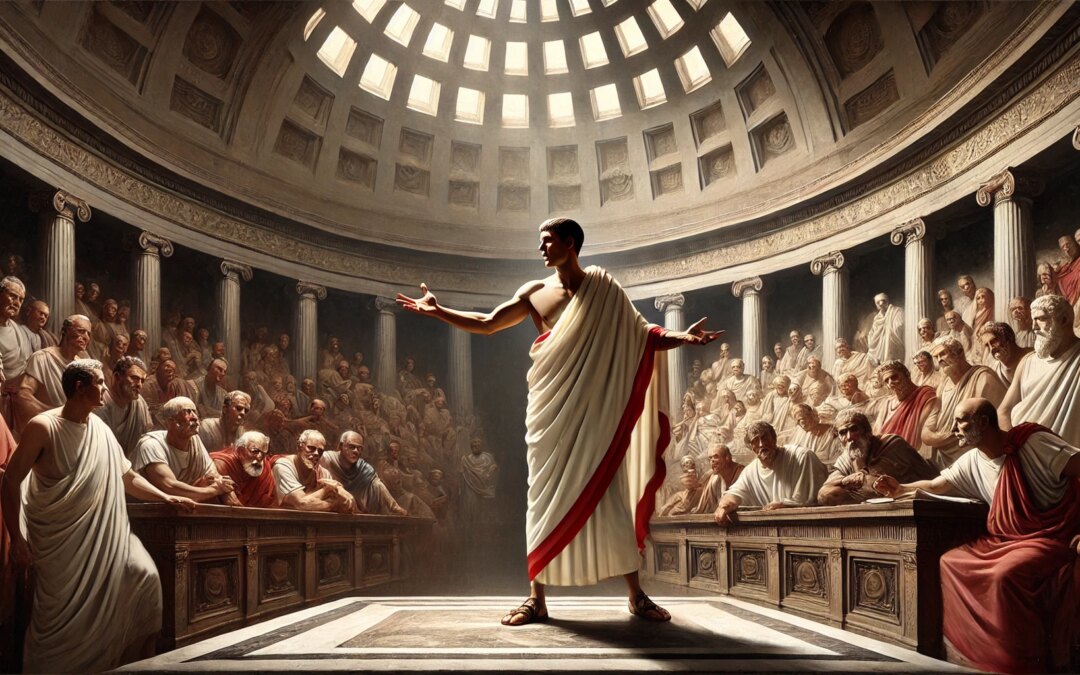
In 63 BC, Roman senator Cicero exposed the Catiline Conspiracy in a dramatic speech before the Senate, a defining moment of the late Republic that revealed the power of rhetoric and the fragility of Roman order.
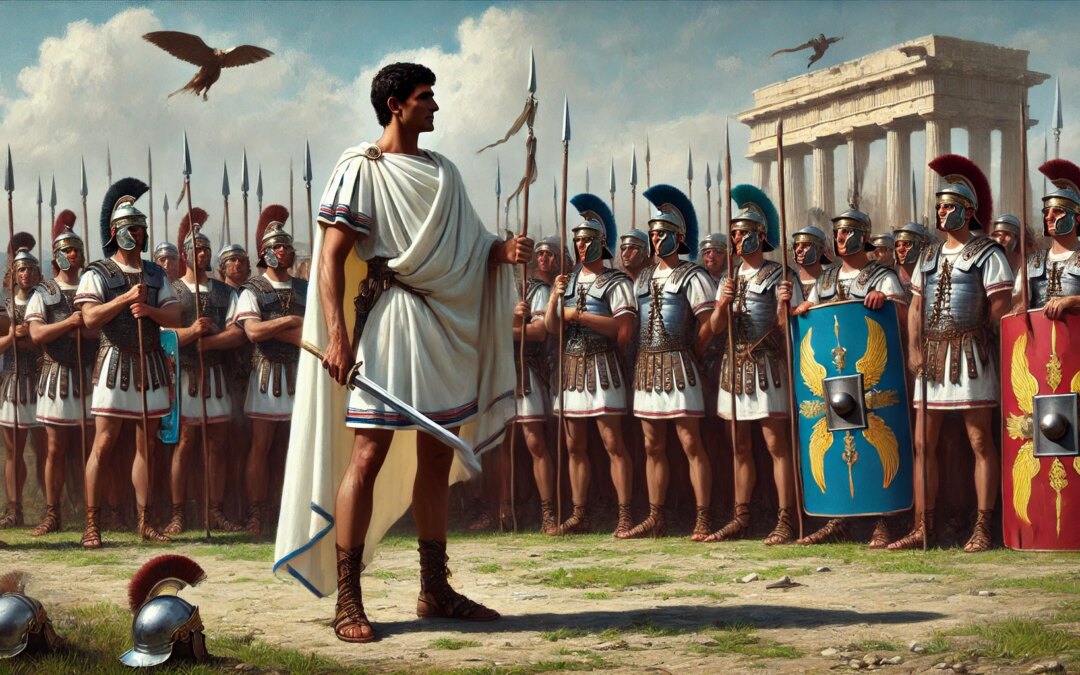
In 107 BC, Roman general Gaius Marius revolutionized the Roman military system, opening service to the landless poor and forging a professional army that would change the Republic forever.
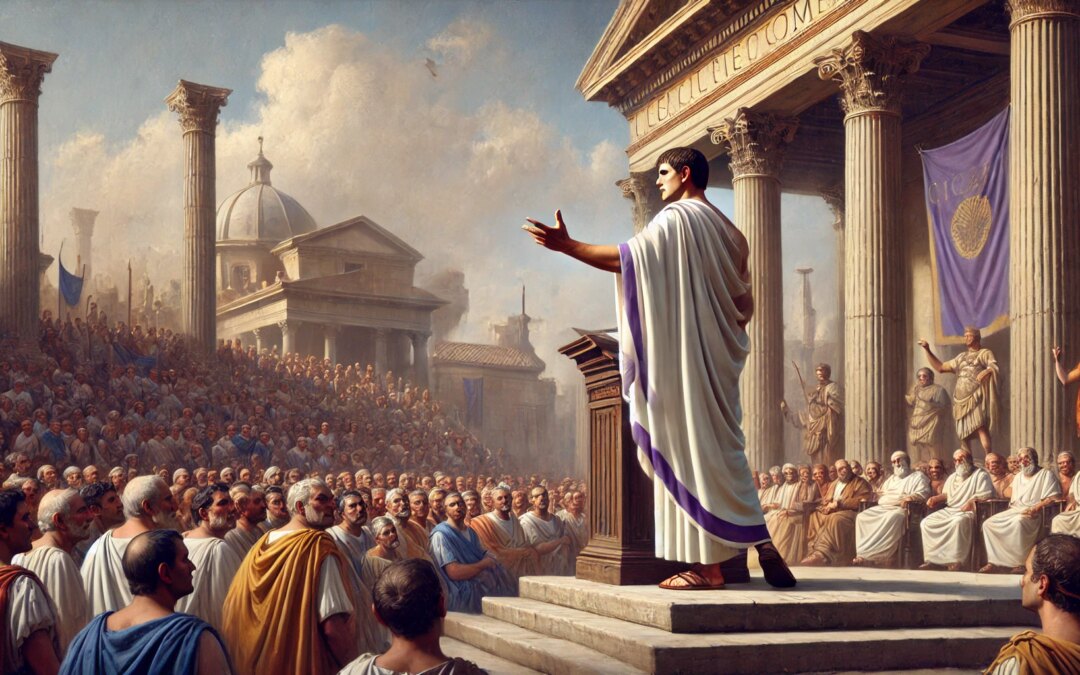
In 63 BC, Cicero stood before the Roman Senate to expose the Catilinarian Conspiracy—a pivotal moment when rhetoric and reason defended the Republic from within.
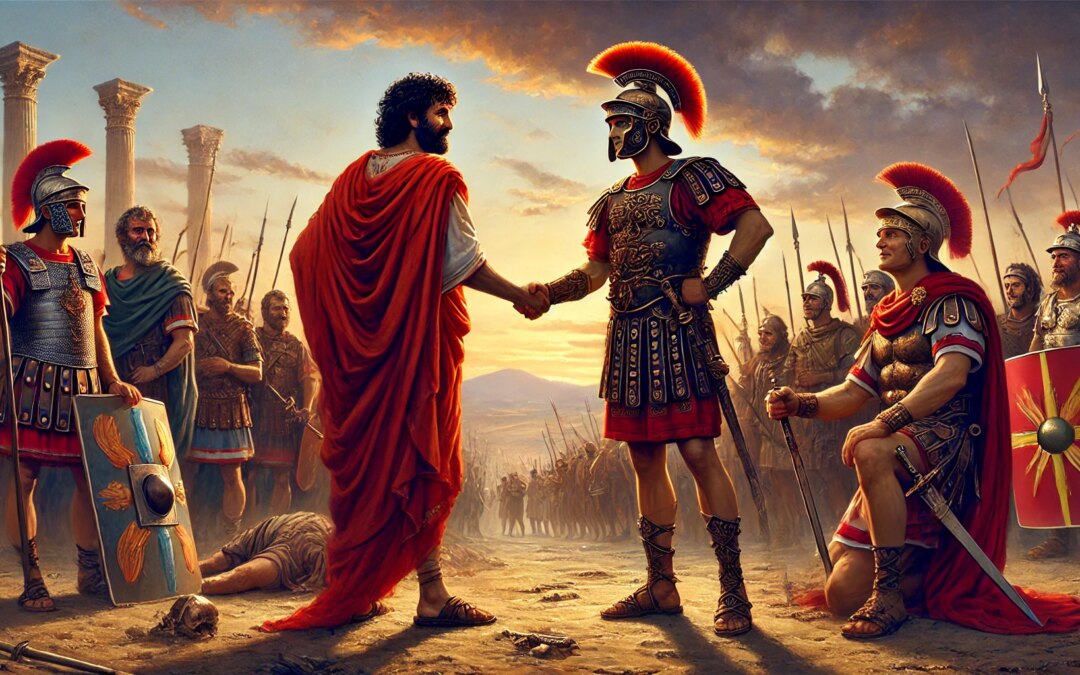
In 202 BC, the Battle of Zama marked the dramatic end of the Second Punic War, as Scipio Africanus defeated Hannibal in a clash of military titans that reshaped the ancient Mediterranean.
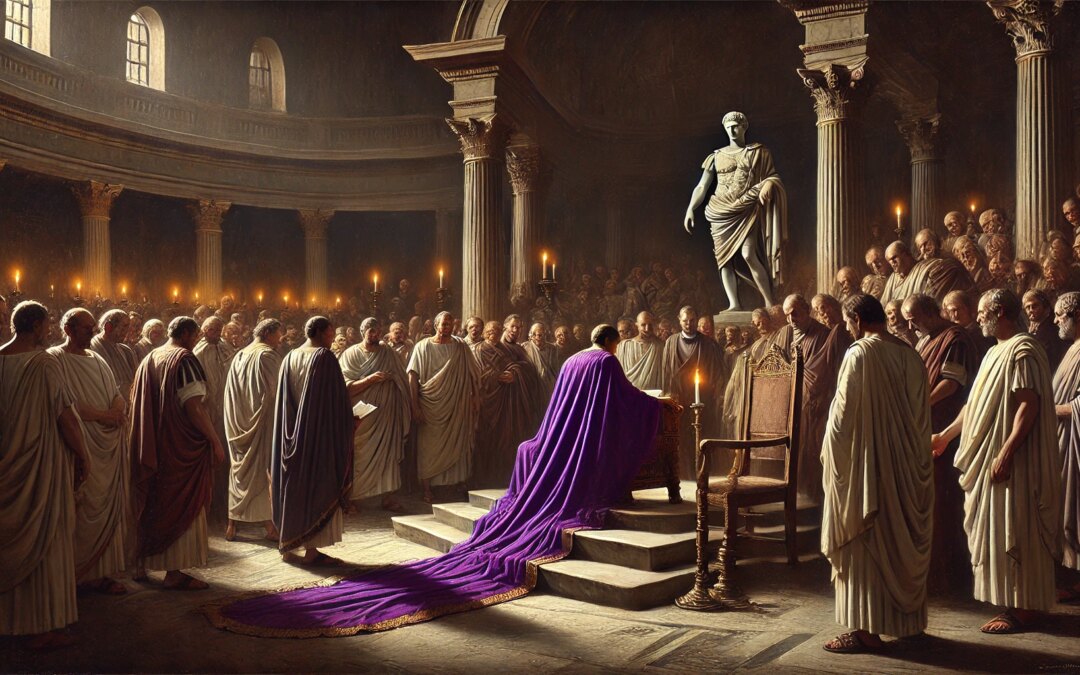
Explore the immediate aftermath of Julius Caesar’s assassination in 44 BC, as the Roman Senate grappled with chaos, grief, and a republic on the brink of collapse.
Explore the moment Julius Caesar crossed the Rubicon in 49 BC, defying the Roman Senate and igniting a civil war that would end the Roman Republic.
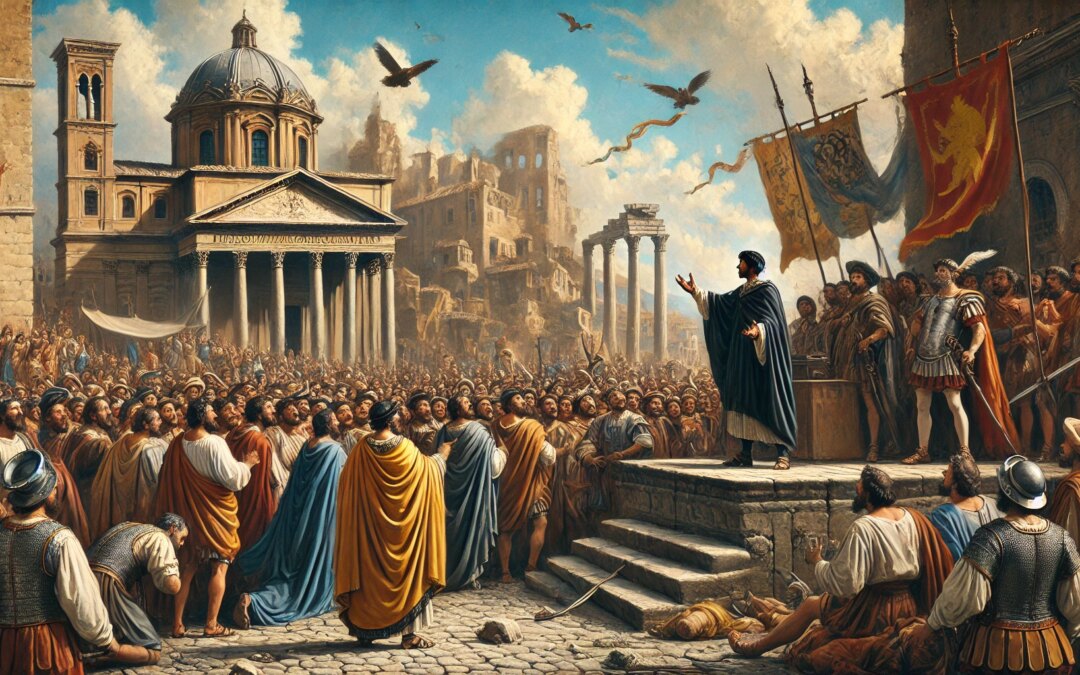
Explore the dramatic rise of Cola di Rienzo in 1347, when he was elected Tribune of Rome, aiming to revive the city’s ancient republican glory amid medieval chaos.